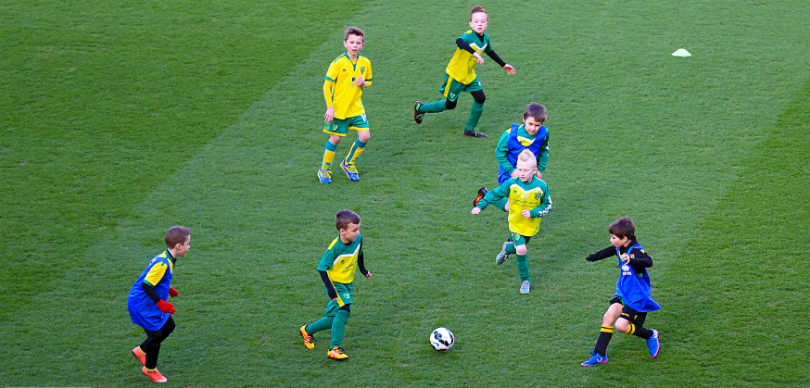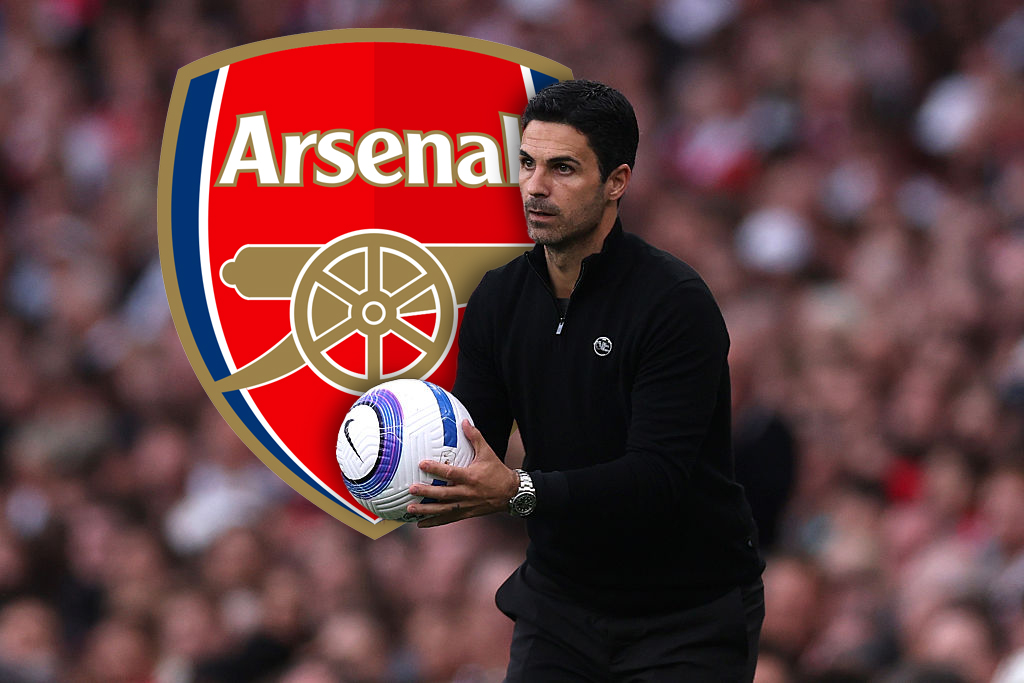Why young players are at risk of growth injuries
Twenty-one per cent of injuries in Blackburn's academy between 2011 and 2015 were growth-related - FFT finds out why and what the club have done to tackle the problem

FFT is staring at two x-rays. They both show the hands of 11-year-old Blackburn Rovers players, born two weeks apart, but they look remarkably different. One still hasn’t developed all of the bones in his wrist and has a biological age of nearly 10, while the other boy's development is closer to that of a 17-year-old.
The scans have been taken to find out the true physical age of each player and highlight the maturation differences between boys in the same age group. At Blackburn, every player has an individualised training programme to ensure they train at an intensity specific to their physical ability.
“If they’re all on the same programme it’s potentially dangerous,” said Blackburn’s Head of Academy Sports Science, Dr Russ Wigley, at the Football Innovation Summit. “We don’t want one of the smaller boys lifting the same as a more developed player in the gym as this could cause injury.”
A study by the club has also highlighted the risk of injury around growth spurts. Over a four-year period between 2011 and 2015, 21% of injuries sustained by players between under-9 and under-18 level were growth related. Wigley says it’s important to protect youngsters during this period.
“The body undergoes vast physical and emotional changes during puberty,” he says. “Players will often struggle physically for a period of time – maybe a week, a month or even a year as they grow because their strength, co-ordination and flexibility are all affected.”
During periods of high growth, players are measured every week, with their training adjusted accordingly. “We reduce their training load by 20%, which means they’ll do one session less per week,” adds Wigley. “They still do gym work on that day but they won’t do weights, only bodyweight work. We’ve found this approach has reduced the number of growth-related injuries.”
Key to ensuring players avoid injury is a long-term strength development programme. “If I could give a player one thing, it would be strength,” he continues. “You can improve speed by five or 10 per cent, but you can potentially make someone 30, 40 or 50% stronger with a long-term programme.”
Get FourFourTwo Newsletter
The best features, fun and footballing quizzes, straight to your inbox every week.
Players begin building a base level of strength as soon as they join the academy at nine years-old. “They start with fundamental movement skills, such as squatting, jumping, landing and crawling,” Wrigley explains. “Once they’re proficient at all of these, they then begin resistance training at under-13 level.”
Youngsters undergo three gym sessions per week. On a Monday, players do an upper body workout consisting of exercises such as a bench press, shoulder press, chin-ups or pull-ups. The following day, they focus on the lower body, with squats, a split squat exercise, Nordic hamstring curls and single leg deadlifts routinely used.
Wednesday is a rest day, while Thursday is reserved for a power development session, which focuses on moving resistance at speed. Exercises such as cleans, hang cleans; plyometric and box jumps are all used to improve power.
Wrigley says a well-executed programme can ensure players fulfil their athletic potential and enjoy a long career. “The whole purpose of my job is to create robust athletes who have long careers without getting injured,” he says. “If you have a five to 10-year plan in place, you can achieve that.”
